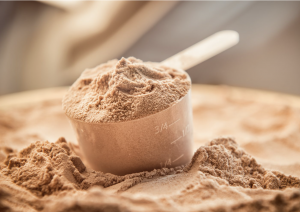DISPELLING NUTRITION MYTHS
When it comes to Nutrition and Fitness in Africa there are so many myths that have been peddled.
One of them that could not be further from the truth is the myth that has spread about Palm Oil. In this post, I will debunk that myth.

palm oil
THE MYTH:
Palm oil has cholesterol so you should not eat it because it is terrible for you and unhealthy.
THE TRUTH:
Palm oil is a plant oil. It does not have cholesterol. It is good for you when consumed in moderation. Like any plant oil, it contains Fat.
You might want to argue that Palm Oil is high in fat, especially saturated fat. The counterargument would be that dietary fats are considered essential nutrients in the body because they are needed to carry out important functions in the body like; serving as a carrier of fat-soluble vitamins, improving the bioavailability of fat-soluble micronutrients and helping in the synthesis of steroid hormones.
It will interest you to know that the human body also requires saturated fat in controlled amounts on a daily basis for optimal health. Because when saturated fat is consumed in uncontrollable amounts you are at risk of obesity, type 2 diabetes mellitus, etc.
I’m starting to wonder if I am making this up. Let’s get into the literature.
In 2016, Laurene Boateng, Richard Ansong, William B Owusu, and Matilda Steiner-Asiedu published research in the Ghana medical journal about Coconut oil and palm oil’s role in nutrition, health and national development.
This research states how the consumption of Palm oil and coconut oil has been peddled as unhealthy, but for the purposes of this post, we will focus on palm oil.
I will leave a link to the research article at the end for those of you who would like to read it.
Fatty acids differ from one another in either the chain length or the degree of saturation. The degree of saturation in fatty acids simply means the amount of hydrogen bonded to each carbon.
With this in mind, fatty acids can be classified as saturated (SFA), monounsaturated (MUFA) and polyunsaturated (PUFA) fatty acids. part of the fruit palm oil is obtained from contains 50% saturated fatty acids, 40% monounsaturated fatty acids and 10% polyunsaturated fatty acids.
Steiner, Owusu et al state that “the saturated fat components in palm oil are trace amounts of lauric and myristic acid, and a large amount of palmitic acid (44%).
It is important to note then that, of the saturated fatty acids found in the diet, lauric and myristic acid (found only in trace amounts in palm oil) have more potential to raise total and LDL cholesterol concentrations whilst palmitic acid (found in abundance in palm oil) is less potent in that regard.”
In simple terms, this means that Palmitic acids will not raise LDL cholesterol but HDL or popularly known as the good cholesterol in the body.
So why was the myth created in the first place if palm oil is healthy?
In the 1950s, a researcher in Minnesota said that “the heart disease epidemic was being caused by hydrogenated vegetable fats. The edible oil industry’s response at that time was to claim that it was only the saturated fat in the hydrogenated oils that was causing the problem.”
This began all the numerous forms of anti-saturated fat campaigns by individual researchers between the 1960s-1980s. This will then mean that the vilification of palm oil originated from the west.
Chong and Ng argue that it was done for economic gains rather than genuine concerns for health.
I agree.
This is what has spread not just across the West but worldwide as the ‘myth’ surrounding palm oil and other oils referred to as tropical oils.
My conclusion is this, as with any food nutrient that is good for you, overconsumption of Palm oil and an overall diet high in saturated fats is partly the problem of the obesity pandemic in this part of the world.
I say partly because it is not the only cause. Physical inactivity and a completely sedentary lifestyle are largely contributing factors to heart disease, obesity, type 2 diabetes and some cancers.
So what do you need to do with your palm oil portions?
As a rule of thumb, I always suggest 1-2 tablespoons of palm oil in your diet depending on what your Fitness and Nutrition goals are. I would go on with the literature but I believe my time with this post has come to an end. Below you will find a link to the full research article and literature used in this post.
See you next time!
The Fit Priest
https://www.ncbi.nlm.nih.gov/
DOMINATE DON’T COMPETE!
Article Written by: @thefitpriest
Edited by: @thefitpriest

Selema Enang
Hi, I’m Selema Enang.
A Certified Personal Trainer and Nutritionist who currently lives and works out of Africa.
I have been a Personal Trainer and Coach for 7 years. I believe that food is medicine and exercise is like the water you drink for medicine. I work with clients all over the world via online bespoke Nutrition and Fitness plans to help them achieve optimal health.
Qualifications:
ISSA Certified Personal Trainer
PCOS Nutrition Coach
BSc Nutrition and Food Science University of Ghana
Sports Nutrition Msc (in View)
Certified Emotional Intelligence Coach
Email: thefitpriest@gmail.com
Mobile: 08162254450



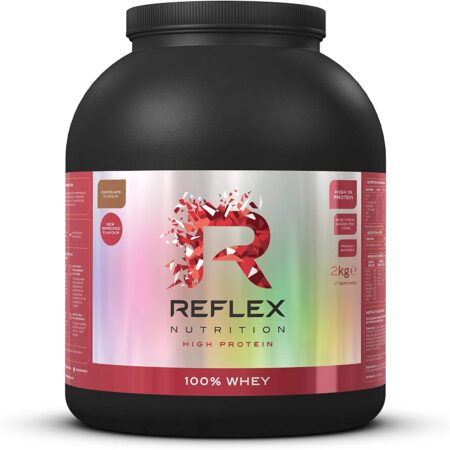
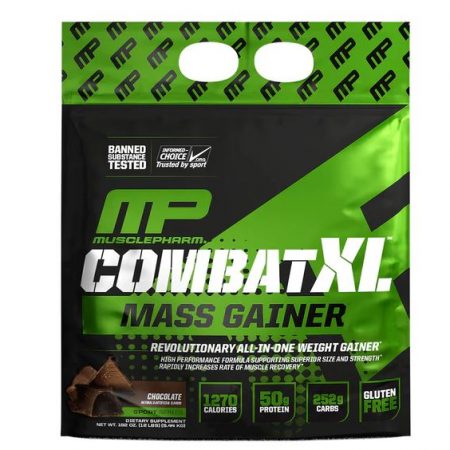

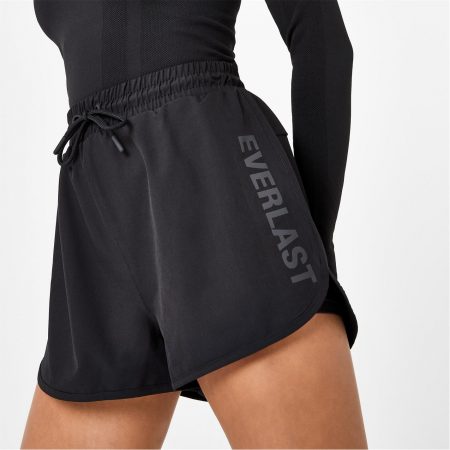

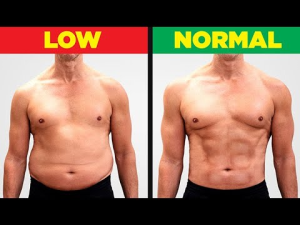
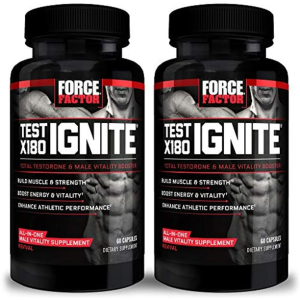
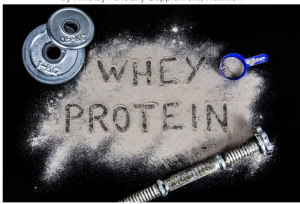
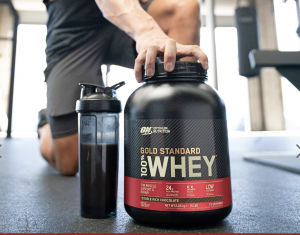
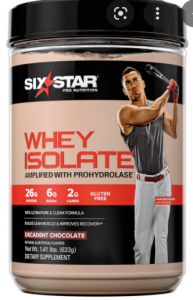 WHEY ISOLATE
WHEY ISOLATE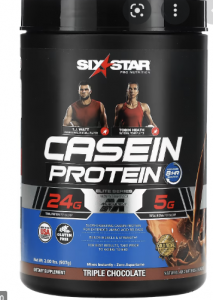 CASINE
CASINE 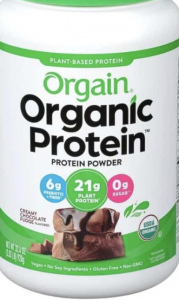 PLANT-BASED PROTEIN
PLANT-BASED PROTEIN